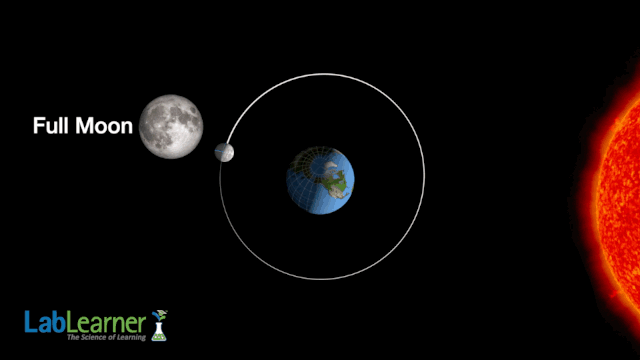Teacher Portal
Space
Investigation 2
Investigation 2
Space

Phase 1 – Defined Understanding
Student Guide
Download and Distribute
Access Teacher Guide
Student Guide with answers
Teacher PreLab
Prepare for the Experiment
Phase 2 – Dynamic Understanding
► Investigation Two Summary – Revolution of the Moon and its Phases
In Investigation Two, you illustrated the effect the revolution of the moon has on its phases. During this Investigation, you:
1. Modeled the rotations of the Earth and the revolutions of the moon.
2. Discovered how the sun’s light affects the moon’s appearance.
3. Identified each phase of the moon.
► Investigation Two Summary – Learning Goals
Through these experiments, you concluded that:
The position of the Sun, Earth, and Moon causes the phases of the moon. When the Moon is between the Earth and the Sun, the Sun shines on the side of the Moon that is not facing the Earth. In this position, we on the Earth cannot see the Moon because the side near us is not illuminated. When the Moon is opposite the Earth from the Sun, the Sun shines directly on the Moon, enabling us to see the entire surface of the Moon, which is facing the Earth. In this position, the Moon looks like a full circle. In all other positions of the Moon, the Sun shines on some portion of the surface of the Moon that faces the Earth. In these positions, the Moon appears not as a full circle but as a part of a circle. Different patterns of a circle appear to be illuminated at different times because of the revolution of the Moon around the Earth and our perspective from the Earth.
Concept Slides
Launch and Discuss
Mathematics Concepts in This Investigation
- time in days/ months
- distance in cm
- (counter)clockwise direction
- data table
- data analysis
- fractions
- parts/whole
- (in)direct relationships
- problem solving

